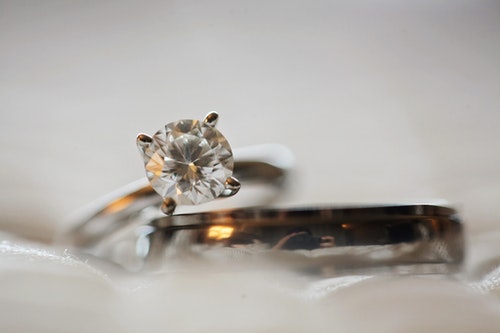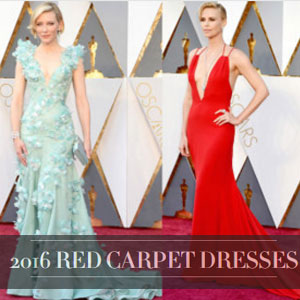
If you are interested in investing in some diamond jewelry but have never had any experience of buying diamonds, then it is fair to say that it can turn into a rather daunting process. You don’t want to part with your money unless you know that the diamonds in questions are of the highest quality you can afford. But with no previous knowledge of the diamond industry, how can you possibly make sure that you are getting fair value for money? Thankfully, that is where the diamond color chart can help.
If you have never heard of such a chart before, then allow us to give you some of the most important and significant information about it so that you can educate yourself before taking the next big step in your diamond buying venture.
● Diamonds are available in a variety of different colors, and some are more coveted and highly prized than others. Pinks, blues and even yellows can command high prices, but when it comes to a white diamond, the presence of any kind of yellow tint will have the effect of lowering the price of the stone.
● As a general rule, the less body color in a white diamond, the purer it is, and therefore the more expensive it is.
● To help certify the wide spectrum of colors, the diamond color chart is something that buyers and sellers alike can refer to in order to make sure that diamonds are being advertised in an honest and appropriate manner.
● Diamonds are colour-graded by the GIA or the AGS in an environment that is specifically designed to eliminate any color from surrounding surfaces or light sources. This is the best way to discover the true color of the stone, and such certification is one of the most important elements of the diamond grading process.
● Almost every diamond today is sold after being rated on the GIA color scale. This is done to ensure that sellers’ reputations remain strong, and buyers’ purchases are a true reflection of the money that they are paying.
● These grades go from D through to Z. D refers to a diamond that is completely colorless through to Z which refers to light color. It is important to note that all diamonds through D to Z are still considered white, even with their slight nuance of color.
● If you are looking to purchase a diamond with a distinct coloring such as yellow, blue or pink, then these types of stones are graded on a separate color scale that is designed to best reflect the qualities of nonwhite stones.
If you stick to the guidelines that are laid out in the painstakingly put together diamond color chart, then there is no reason whatsoever that your diamond buying experience should be anything less than satisfactory. Knowledge is power and having that detailed knowledge when you enter into the diamond buying process can make all the difference in the world.
























